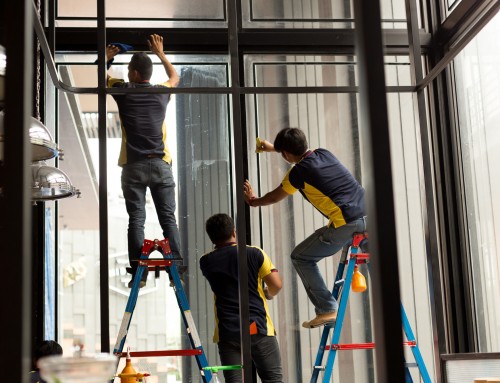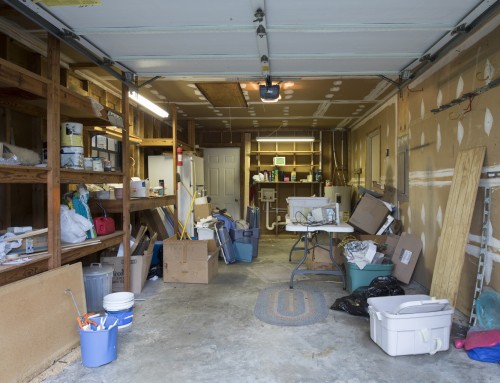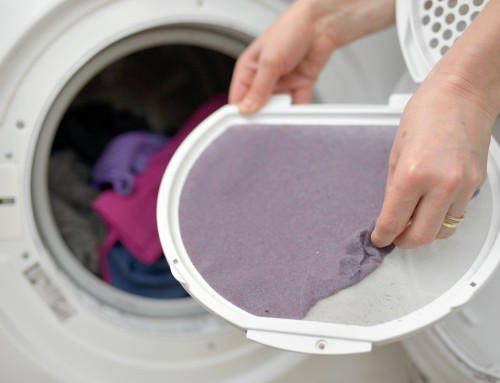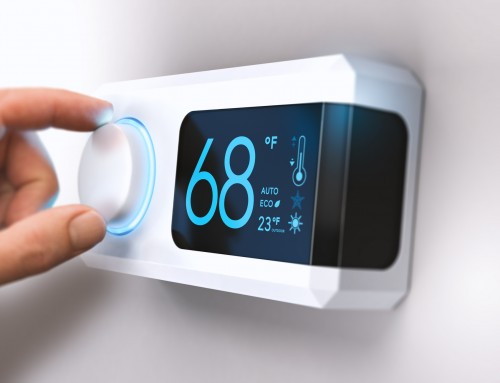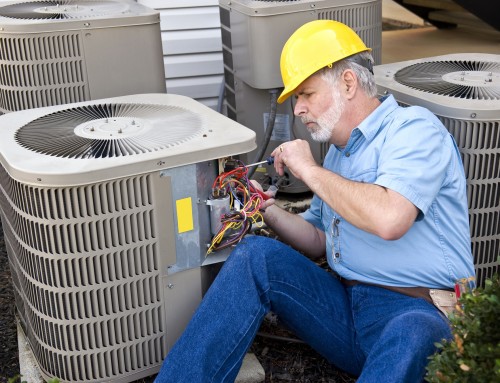When we think of water leaks in our homes, the first thing that often comes to mind is a dripping faucet or showerhead. This is hardly surprising—after all, these leaks are out in the open where we can see and hear them. Drip, drip, drip…
Nevertheless, aside from wasting water and some money, these leaks are pretty harmless. It’s the ones we don’t see and seldom suspect that we need to worry about. They’re the ones that cause serious problems like water damage and mold.
In this article, we’ll help you identify a range of water leaks and explain what to do about them.
10 Common Water Leaks In and Around Houses
1. Dripping Faucets
These are the most obvious water leaks in the house, as well as the easiest to deal with. First, though, you need to know what type of faucet you’re working with. The fix probably will be as easy as replacing a washer or a cartridge
Any needed parts should be available as home supply stores. If your faucet project seems too complicated to DIY, though, you can always call a plumber.
2. Leaking Toilets
While not as obvious as a dripping faucet, a leaking toilet is also a pretty easy fix. There are three common causes for a leaking toilet:
- A faulty flapper is a very easy fix that uses a few simple tools and a replacement flapper from a hardware store
- A problem with the fill valve—which takes a few more steps than the flapper replacement, but is an easy DIY nonetheless
- A damaged wax seal on the bottom of the toilet. This one is the most complicated of the three, though it still can be done as a DIY
If and when you have any doubts about your DIY abilities or just don’t want to get your clothes all wet from the toilet, you can call a professional plumber.
3. Broken Seals or Worn Gaskets
There are several compounds, patches, and tapes on the market to temporarily seal small pipe leaks. Often, though, once the leaks have stopped, the “temporary” repair begins to be treated like a permanent one—and ignored.
So when the seal suddenly breaks or gives way, the pipe will need a more permanent fix or else a replacement.
Many types of gaskets are used in plumbing as well—to seal fixtures like toilets and often in piping connections. These are made of rubber or similar substances and cushion and/or seal a gap between two harder parts (e.g., flanges).
When a gasket is worn out, whatever it was sealing is likely to start leaking.
4. Excessively High Water Pressure
People can be tempted to increase the water pressure in their homes since it allows for a more substantial flow in showers, sinks, toilets, etc. However, it isn’t wise to set the water pressure above 80 psi.
Doing so can cause small (pinhole) leaks and might damage pipes. It’s recommended that homeowners with ongoing water pressure concerns (such as those living at the foot of a hill) install pressure gauges or regulators.
5. Corroded Pipes
A major cause of pipe leaks is corrosion, due to either mineral build-up from the water they carry or water with a lower pH (acidic). Corrosion is common and leads to pinhole leaks.
Corroded pipes can be either replaced or relined (often with an epoxy resin that coats the inside and fills in small holes).
6. Damage to Pipe Joints
You should call a plumber if you hear banging or clanking from your pipes, especially when running hot water. These noises could be caused by damage to the pipes’ joints. Extreme temperatures can be very hard on pipes and pipe joints.
7. Burst Pipes
In fact, high water pressure, frozen pipes, corroded pipes, and damaged joints can all lead to burst pipes—which are near the top of homeowners’ “worst nightmare” lists. Fortunately, many homeowners’ insurance policies will cover this.
8. Leaking Roof
This type of leak is a very unpleasant one to deal with for several reasons. Since many attics are unfinished and are used only for storage, they can go for a long time without anyone going into them, much less to check for signs of roof damage.
Unfortunately, if a roof leak isn’t caught very soon after it starts, a sequence of damages can occur:
- Water damage to the roof joists and flooring
- Mold growth and spread (sometimes to other parts of the house)
- Rotting joists and floorboards
- Partial roof collapse (eventually)
Looking at the progression of damage here, and the professional interior and exterior work needed, you can see the benefit of checking your attic regularly.
9. Tree Roots Invading Pipes
The overwhelming majority of pipes with tree roots growing in them are sewer pipes. Trees will send out tendrils, taking advantage of any cracks or fissures that will allow them to absorb the moisture.
There are mechanical treatments for this, such as the “rooter” systems that grind and saw their way through the pipe. There are also chemical treatments ranging from salt or copper sulfate flushed down the toilet to proprietary chemical treatments. Digging up the larger roots is a last resort.
10. Water Seeping Into Basement Walls
Many homes have this problem to some extent. For some, the basements are moister than their inhabitants would like. However, some homes have water pooling in the basement after heavy rainstorms or even at other times.
There are multiple ways to try and solve the problem of leaky basement walls. These range from simple fixes like cleaning the gutters, to a complex interior drainage system known as a “French drain.”
Water, Water Everywhere
Water leaks come from many different sources, both inside and outside a house. Whether caused by leaking pipes or fixtures or precipitation, they can cause problems and often seriously damage your home.
Our best advice is to learn as much as possible about the different parts of your home and the systems that run it—HVAC, electrical, plumbing being the main ones.
This way, you’ll know better when to fix something yourself and when to call a professional.
The more you understand how things work, the more likely you are to spot a problem and take care of it before it turns into something (or things) far worse. Keep reading our blog for new articles on home maintenance!


